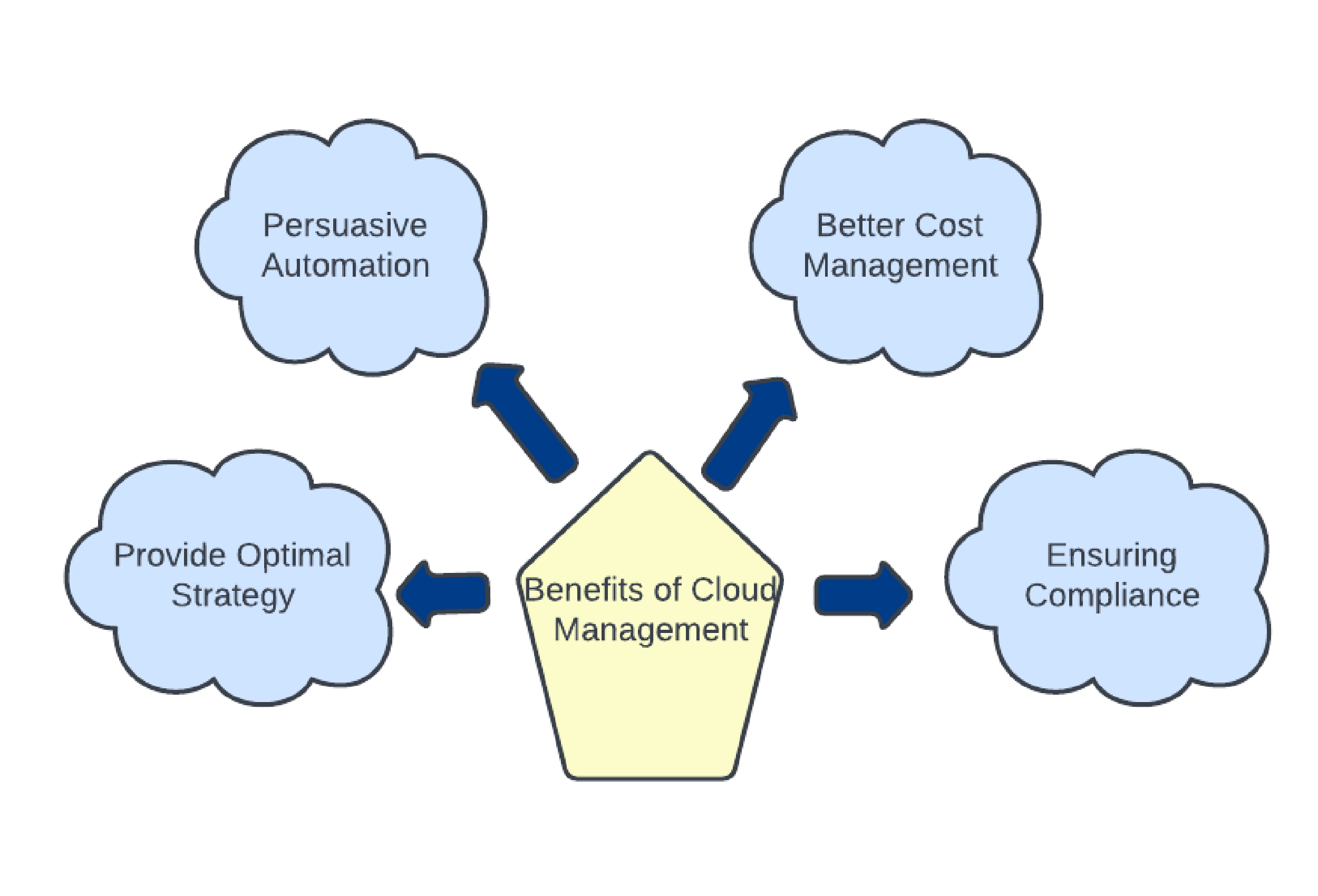Planned preventative maintenance (PPM) is an essential strategy for organisations striving to optimise operational performance. At its core, PPM is a proactive approach, focusing on scheduled maintenance activities that aim to reduce equipment failure and ensure systems operate efficiently over time. This practice is much more than just routine servicing. It is about anticipating issues before they manifest, saving time, money, and unnecessary hassle.
Implementing PPM ensures that businesses don’t simply react to breakdowns and malfunctions. Instead, they operate with a systemised plan that keeps operations flowing smoothly. From minimising disruptions to extending the lifespan of crucial assets, the benefits of PPM offer value for enterprises across industries.
Core Principles of Planned Preventative Maintenance
A successful PPM program revolves around a foundational structure, ensuring no aspect of maintenance is overlooked. Central to PPM are scheduled inspections and consistent monitoring. Each asset or system is tracked and evaluated on an ongoing basis, identifying potential issues long before they can disrupt operations.
Scheduling is pivotal to PPM. Maintenance activities are pre-arranged at calculated intervals based on factors such as asset age, usage intensity, and manufacturer recommendations. This strategic timing enables organisations to conduct servicing during periods of minimal operational impact. Additionally, routine inspections play a key role in PPM. By checking systems regularly, teams can identify inefficiencies and address wear-and-tear early.
Technology has further transformed PPM. With advancements like maintenance management software, personnel can maintain detailed records, receive alerts for upcoming maintenance appointments, and ensure no system is neglected. This integration makes it easier for businesses to remain organised and methodical in their approach.
The Payoff of Proactive Maintenance
Adopting planned preventative maintenance undoubtedly leads to tangible benefits. One primary advantage is greater reliability. Regular upkeep ensures systems perform at their best, reducing unexpected breakdowns that can halt workflows and affect operational continuity. Simply put, organisations gain reassurance when maintenance is routine rather than sporadic.
Cost efficiency is another stand-out benefit. While reactive repairs typically come with high costs and extended downtimes, PPM allows organisations to address minor adjustments before they evolve into expensive overhauls. Over time, this methodical practice translates into significant financial savings.
Operational benefits also extend to improved safety. Machinery or systems left unchecked for long periods can pose risks to users. Addressing potential problems pre-emptively prioritises safety, protecting both employees and organisational interests.
Developing and Implementing an Effective PPM Program
Creating an effective planned preventative maintenance strategy begins with understanding an organisation’s specific needs. Every asset, system, and process requires service tailored to its operational context. A comprehensive asset inventory forms the foundation for this process. By cataloguing assets, teams can set priorities based on criticality and usage.
Resource allocation forms a significant part of PPM. Enterprises must dedicate appropriate time, manpower, and tools to ensure maintenance schedules are adhered to. Additionally, training plays an integral role in the smooth delivery of PPM. Employees tasked with implementation must possess the skills and knowledge to execute inspections, understand maintenance protocols, and handle minor rectifications when necessary.
Regular evaluation is another crucial factor. Once implemented, maintenance programs should be reviewed periodically. Doing so ensures any inefficiencies in the system are identified and rectified quickly, enhancing the overall effectiveness of PPM.
Ultimately, the success of a PPM system lies in commitment. Organisations willing to invest resources upfront soon discover long-term returns in the form of reduced disruptions, extended machine lifecycles, and operational efficiency.
Maximising Operational Potential Through PPM
Today, planned preventative maintenance is not merely a convenience but a necessity. By pre-empting challenges and setting systematic strategies, businesses can achieve stability and growth in equal measure. This approach safeguards operations, reduces financial risks, and ensures a streamlined workflow across the board.
Whether introducing PPM for the first time or refining an existing program, organisations that prioritise maintenance inevitably find themselves better equipped to handle modern demands. With routine upkeep underpinning their operations, the road ahead becomes clearer and smoother.


